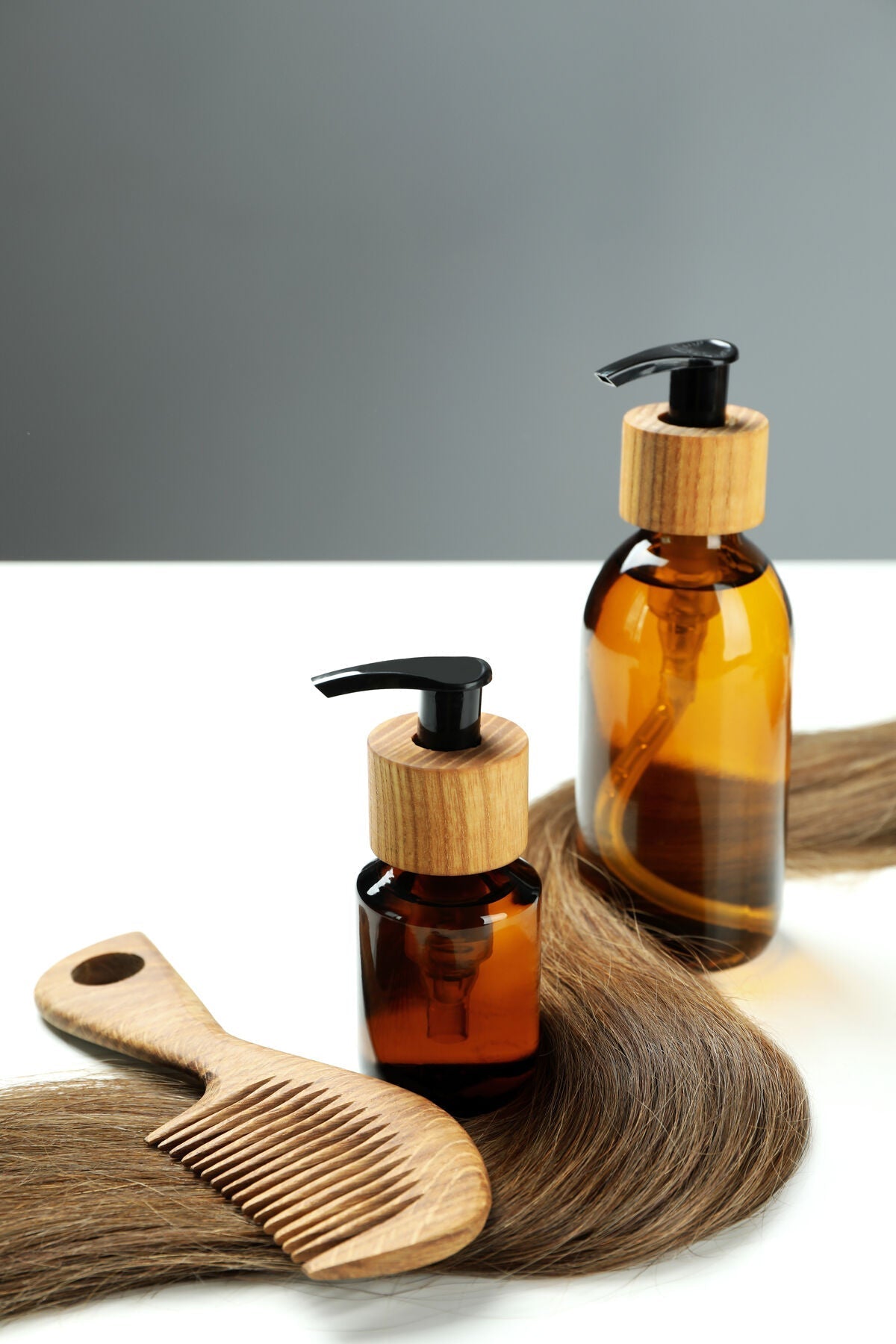Hair loss is a common concern among Filipino men, with many starting to notice thinning hair or receding hairlines as early as their 20s or 30s. Whether it’s due to genetics, stress, or hormonal changes, finding the right treatment can make a huge difference. Two of the most widely used and FDA-approved hair loss treatments are Minoxidil and Finasteride, but which one is better for Filipinos? Some medications are clinically studied for hair loss; a doctor can help you identify suitable options
Both Minoxidil and Finasteride are clinically proven to help with hair regrowth, but they work in different ways. In this guide, we’ll compare their effectiveness, side effects, and availability in the Philippines, helping you determine the best option for your hair loss concerns.
What Causes Hair Loss in Filipino Men?
Before choosing a treatment, it’s important to understand why hair loss happens. The most common form of hair loss in men is androgenetic alopecia, also known as male pattern baldness. This condition is largely genetic but can also be influenced by:
-
Dihydrotestosterone (DHT) – A hormone that shrinks hair follicles, leading to thinner and weaker hair.
-
Stress & Lifestyle – High stress, poor diet, and lack of sleep can worsen hair thinning.
-
Nutrient Deficiency – Low levels of iron, biotin, or vitamin D can contribute to hair loss.
-
Medical Conditions – Conditions like thyroid disorders or scalp infections can also cause excessive hair shedding.
Understanding the root cause of hair loss is essential before choosing between Minoxidil and Finasteride.
Minoxidil: How Does It Work?
Minoxidil is a topical solution or foam that is applied directly to the scalp. It was originally developed as a medication for high blood pressure but was later found to stimulate hair growth.
Mechanism of Action
-
Minoxidil could increase blood flow to the scalp, which delivers more oxygen and nutrients to hair follicles.
-
It can extend the hair growth phase (anagen phase), preventing hair follicles from shrinking.
-
Works best for crown and vertex hair loss, but results vary for receding hairlines.
Effectiveness
Clinical studies have shown that Minoxidil can help regrow hair and slow down hair loss when used consistently. Research from the Journal of the American Academy of Dermatology found that 60% of men who used Minoxidil for at least 6 months experienced hair regrowth.
How to Use Minoxidil
-
Apply 1ml of Minoxidil solution to dry scalp twice daily.
-
Massage gently and let it absorb completely before styling hair.
-
Results take 3-6 months to become noticeable, with full effects seen at 12 months.
Side Effects of Minoxidil
While Minoxidil is generally safe, some users report:
-
Scalp irritation or dryness
-
Initial hair shedding (temporary in the first few weeks)
-
Dizziness or rapid heartbeat (rare, usually from excessive application)
Finasteride: How Does It Work?
Finasteride is an oral medication that treats hair loss by blocking the conversion of testosterone into DHT, the hormone responsible for hair follicle shrinkage.
Mechanism of Action
-
Finasteride is a 5-alpha reductase inhibitor, which means it can reduce DHT levels in the scalp by up to 70%.
-
It prevents further hair thinning and helps maintain existing hair.
-
Works best for receding hairlines and crown hair loss.
Effectiveness
According to a study published in the Journal of Dermatology, 90% of men who used Finasteride for a year experienced a significant reduction in hair loss, while 65% saw noticeable hair regrowth.
How to Use Finasteride
Taken only under prescription and supervision by a licensed doctor.
-
Take 1mg tablet daily with or without food.
-
Effects become noticeable within 3-6 months, with full benefits seen at 12 months.
-
If stopped, hair loss will gradually return within 3-12 months.
Side Effects of Finasteride
While effective, Finasteride has potential side effects, including:
-
Reduced libido or lower sex drive (reported in ~1-2% of users)
-
Erectile dysfunction (rare but reversible upon discontinuation)
-
Mood changes (anxiety or mild depression in some cases)
-
Slight breast tenderness (very rare)
Minoxidil vs Finasteride: A Side-by-Side Comparison
|
Feature |
Minoxidil |
Finasteride |
|
Form |
Topical (liquid/foam) |
Oral pill (1mg) |
|
Mechanism |
Increases blood flow to scalp |
Blocks DHT to prevent hair loss |
|
Best for |
Crown & vertex hair loss |
Receding hairline & crown |
|
Time to Work |
3-6 months for visible results |
3-6 months for noticeable effects |
|
Effectiveness |
60% of users see regrowth |
90% of users see hair loss reduction |
|
Side Effects |
Mild scalp irritation, shedding |
Low libido, rare ED, mild mood changes |
|
Availability in PH |
Available over-the-counter |
Requires a prescription |
Which Treatment is Best for Filipino Men?
Both Minoxidil and Finasteride are effective for treating hair loss, but the best choice depends on your specific hair loss pattern and tolerance for side effects.
Choose Minoxidil if:
- You prefer a topical treatment instead of an oral pill.
- Your hair loss is mild to moderate, especially on the crown or vertex.
-
You want an over-the-counter option without a prescription.
Choose Finasteride if:
- You want to block DHT at the root cause.
- You have a receding hairline or significant hair thinning
- You’re okay with taking a daily pill and monitoring potential side effects.
For best results, many dermatologists recommend combining Minoxidil and Finasteride, as they target different causes of hair loss. According to a study in the international Journal of Dermatology, men who used both treatments together had significantly better hair regrowth than those who used just one.
Where to Get Minoxidil and Finasteride in the Philippines
Minoxidil may be available without a prescription, while Finasteride requires one.
Regrowing Hair the Right Way
Hair loss can be frustrating, but effective solutions exist. Whether you choose Minoxidil, Finasteride, or both, consistency is key these treatments take months to show results but can help maintain and regrow hair when used correctly. Consistency and professional guidance improve the likelihood of maintaining healthier hair.
Key Takeaways:
-
Minoxidil improves blood flow to the scalp and is great for crown hair loss.
-
Finasteride blocks DHT, making it effective for receding hairlines.
-
Both treatments take 3-6 months to work, with full results in 12 months.
-
Doctors sometimes recommend combining treatments depending on the individual case; medical guidance is essential before doing so.
-
Consult a doctor before starting Finasteride to discuss potential side effects.

















